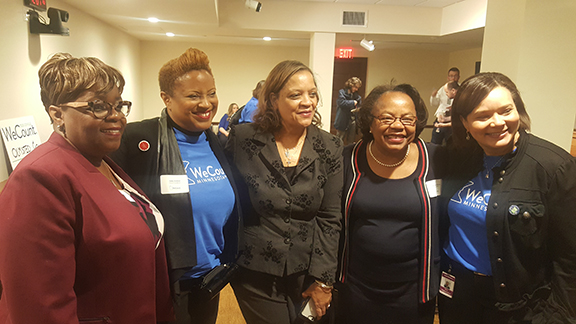Each year, millions of foreign nationals use a non-immigrant visa (NIV) to enter the United States and remain here on a temporary basis. There are various categories of NIVs and they all place restrictions on the amount of time foreign nationals may remain in the U.S. and on the type of activities in which they may engage. For example, the B-2 NIV allows for tourist activities, while the F-1 allows a foreign national to pursue studies in an educational institution. It is not uncommon, however, for a foreign national’s plans to change upon arrival in the U.S., so that she wishes to engage in activities outside the scope of her NIV. When this occurs, the individual is generally faced with two options: return to her home country to apply for a different type of NIV, or apply to the U.S. Citizenship & Immigration Service (USCIS) for a change of status within the United States.
A change of status is not permitted in every instance, and a foreign national must consider at least three factors in determining whether she is eligible. These factors include: (1) whether her desired change of status is permitted under the law, (2) whether she is presently maintaining valid status, and (3) whether the application to change status is timely.
Prohibited changes of status
Some non-immigrant categories do not permit change to a new status. For example, certain J-1 exchange visitors may not change to a different NIV status until they have returned to their home country for two years or obtained a waiver of the two-year requirement. Likewise, a foreign national admitted as a non-immigrant under the Visa Waiver Program may not change status. Also, regardless of one’s current non-immigrant status, the law does not allow a change of status to the K-1 fiancé(e) classification.
Maintenance of valid status
In order to successfully change to a new status, the foreign national must have maintained her original non-immigrant status. Put differently, if she is no longer in a valid authorized status at the time USCIS reviews her application to change status, her request will likely be denied. An individual may fall out of non-immigrant status if she violates the terms of that status. For example, if a foreign national who entered on a B-2 tourist visa engages in unauthorized employment, USCIS will find that she has failed to maintain status and will deny her request to change status.
Timeliness of the application
The foreign national must file her application for change of status before her authorized stay expires. Authorized stay generally refers to the date listed on the foreign national’s I-94, the white card inserted in one’s passport upon arrival in the U.S. It is important for foreign nationals to understand the difference between their visa and their I-94. The visa is the document that permits entry into the U.S. and may be valid for an extended period of time, say ten years. On the other hand, the I-94 controls how long one is authorized to remain in the U.S. on a particular trip. Thus, a foreign national seeking to change non-immigrant status must do so prior to the expiration of her I-94, even if her visa remains valid for several more years.
A foreign national who applies for change of status prior to the expiration of her authorized stay (e.g., the date on her I-94) may generally remain in the U.S. while that application is pending, even if her I-94 expires before the application for change of status is adjudicated. However, in most cases, she may not begin the activities in the new non-immigrant status until her change of status application has been approved.
Travel abroad during and after the application process
If an applicant for change of status departs the U.S. before her application has been approved, USCIS will consider her to have abandoned her request. The foreign national will likely need to apply for the new visa classification at a U.S. consulate abroad in order to return.
In cases where USCIS has approved the change of status application, the foreign national will receive an approval notice, confirming the existence of the new status. However, she will not at that time receive a new visa. Thus, if she wishes to travel overseas and return pursuant to the new status, she will also need to apply for a new visa at a U.S. consulate abroad.
Application process
A foreign national wishing to change non-immigrant status must file either the Form I-129 or Form I-539 with the appropriate USCIS service center. The I-129 is generally used for changes to an employment-based status, such H, L, or TN. The I-539 is used in most other situations, such as a change to tourist or student status. The current filing fees are $320 for the I-129 and $300 for the I-539. Applicants should be aware that additional fees may apply. Processing times vary depending on the type of application. At the moment, USCIS is processing most change of status applications within 2.5 months. Current processing times can be found at www.uscis.gov.
Nothing
in this article should be taken as legal advice for an individual case or
situation. The information is intended to be general and should not be relied
upon for any specific situation. For legal advice, consult an attorney experienced
in immigration law.
About Igbanugo Partners International Law Firm
Igbanugo Partners Int'l Law Firm is based in Minneapolis, Minnesota. It focuses on (1) U.S. immigration law and (2) international trade law in Sub-Saharan Africa.
- Web |
- More Posts(71)







